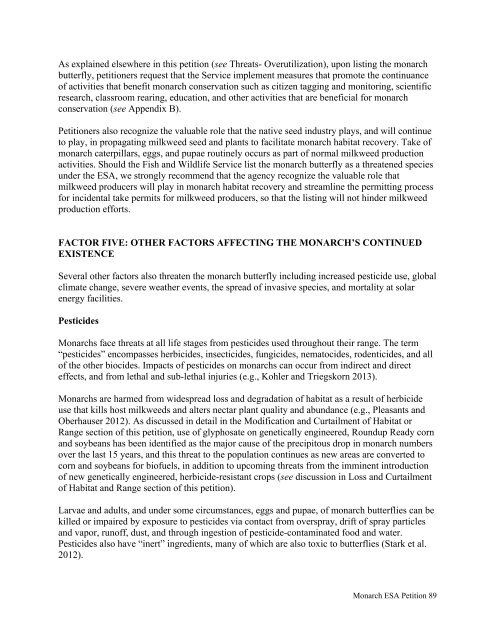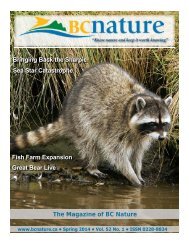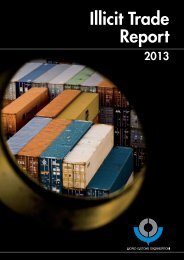monarch-esa-petition-final_61585
monarch-esa-petition-final_61585
monarch-esa-petition-final_61585
You also want an ePaper? Increase the reach of your titles
YUMPU automatically turns print PDFs into web optimized ePapers that Google loves.
As explained elsewhere in this <strong>petition</strong> (see Threats- Overutilization), upon listing the <strong>monarch</strong><br />
butterfly, <strong>petition</strong>ers request that the Service implement measures that promote the continuance<br />
of activities that benefit <strong>monarch</strong> conservation such as citizen tagging and monitoring, scientific<br />
research, classroom rearing, education, and other activities that are beneficial for <strong>monarch</strong><br />
conservation (see Appendix B).<br />
Petitioners also recognize the valuable role that the native seed industry plays, and will continue<br />
to play, in propagating milkweed seed and plants to facilitate <strong>monarch</strong> habitat recovery. Take of<br />
<strong>monarch</strong> caterpillars, eggs, and pupae routinely occurs as part of normal milkweed production<br />
activities. Should the Fish and Wildlife Service list the <strong>monarch</strong> butterfly as a threatened species<br />
under the ESA, we strongly recommend that the agency recognize the valuable role that<br />
milkweed producers will play in <strong>monarch</strong> habitat recovery and streamline the permitting process<br />
for incidental take permits for milkweed producers, so that the listing will not hinder milkweed<br />
production efforts.<br />
FACTOR FIVE: OTHER FACTORS AFFECTING THE MONARCH’S CONTINUED<br />
EXISTENCE<br />
Several other factors also threaten the <strong>monarch</strong> butterfly including increased pesticide use, global<br />
climate change, severe weather events, the spread of invasive species, and mortality at solar<br />
energy facilities.<br />
Pesticides<br />
Monarchs face threats at all life stages from pesticides used throughout their range. The term<br />
“pesticides” encompasses herbicides, insecticides, fungicides, nematocides, rodenticides, and all<br />
of the other biocides. Impacts of pesticides on <strong>monarch</strong>s can occur from indirect and direct<br />
effects, and from lethal and sub-lethal injuries (e.g., Kohler and Triegskorn 2013).<br />
Monarchs are harmed from widespread loss and degradation of habitat as a result of herbicide<br />
use that kills host milkweeds and alters nectar plant quality and abundance (e.g., Pleasants and<br />
Oberhauser 2012). As discussed in detail in the Modification and Curtailment of Habitat or<br />
Range section of this <strong>petition</strong>, use of glyphosate on genetically engineered, Roundup Ready corn<br />
and soybeans has been identified as the major cause of the precipitous drop in <strong>monarch</strong> numbers<br />
over the last 15 years, and this threat to the population continues as new areas are converted to<br />
corn and soybeans for biofuels, in addition to upcoming threats from the imminent introduction<br />
of new genetically engineered, herbicide-resistant crops (see discussion in Loss and Curtailment<br />
of Habitat and Range section of this <strong>petition</strong>).<br />
Larvae and adults, and under some circumstances, eggs and pupae, of <strong>monarch</strong> butterflies can be<br />
killed or impaired by exposure to pesticides via contact from overspray, drift of spray particles<br />
and vapor, runoff, dust, and through ingestion of pesticide-contaminated food and water.<br />
Pesticides also have “inert” ingredients, many of which are also toxic to butterflies (Stark et al.<br />
2012).<br />
Monarch ESA Petition 89




